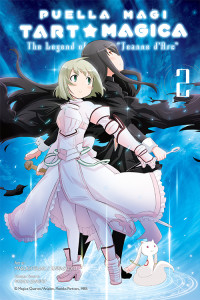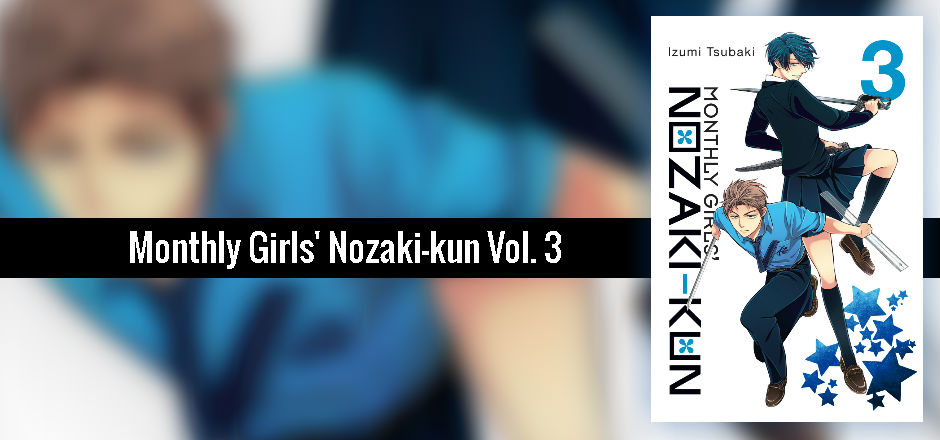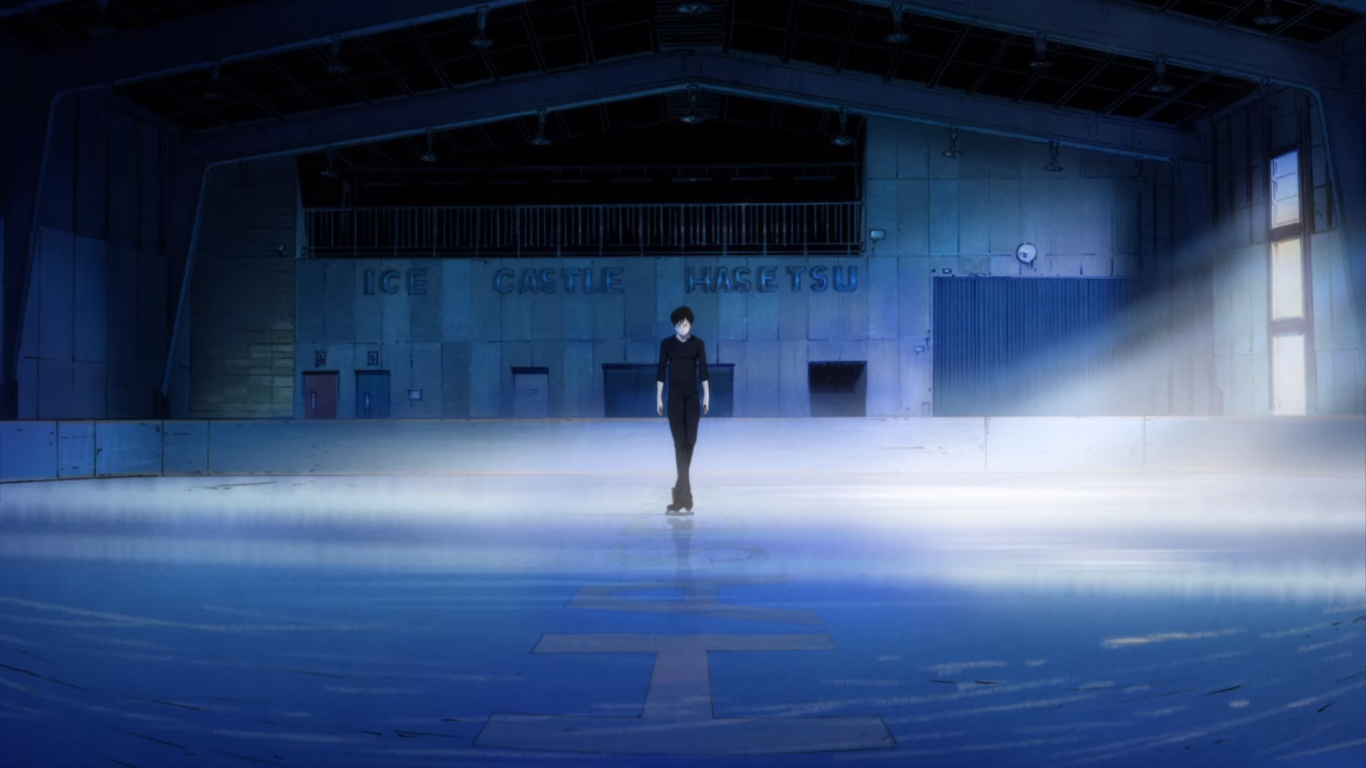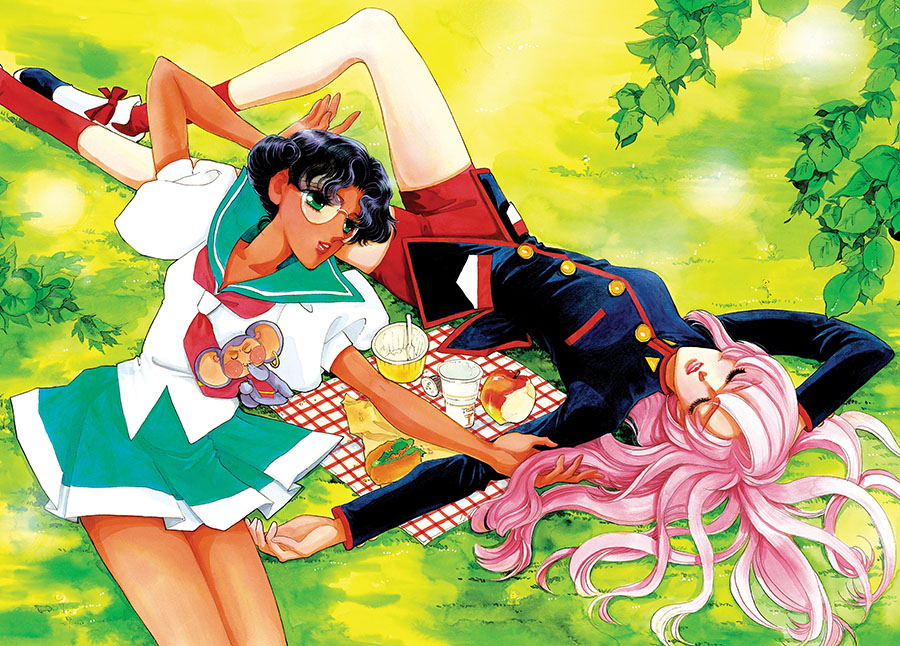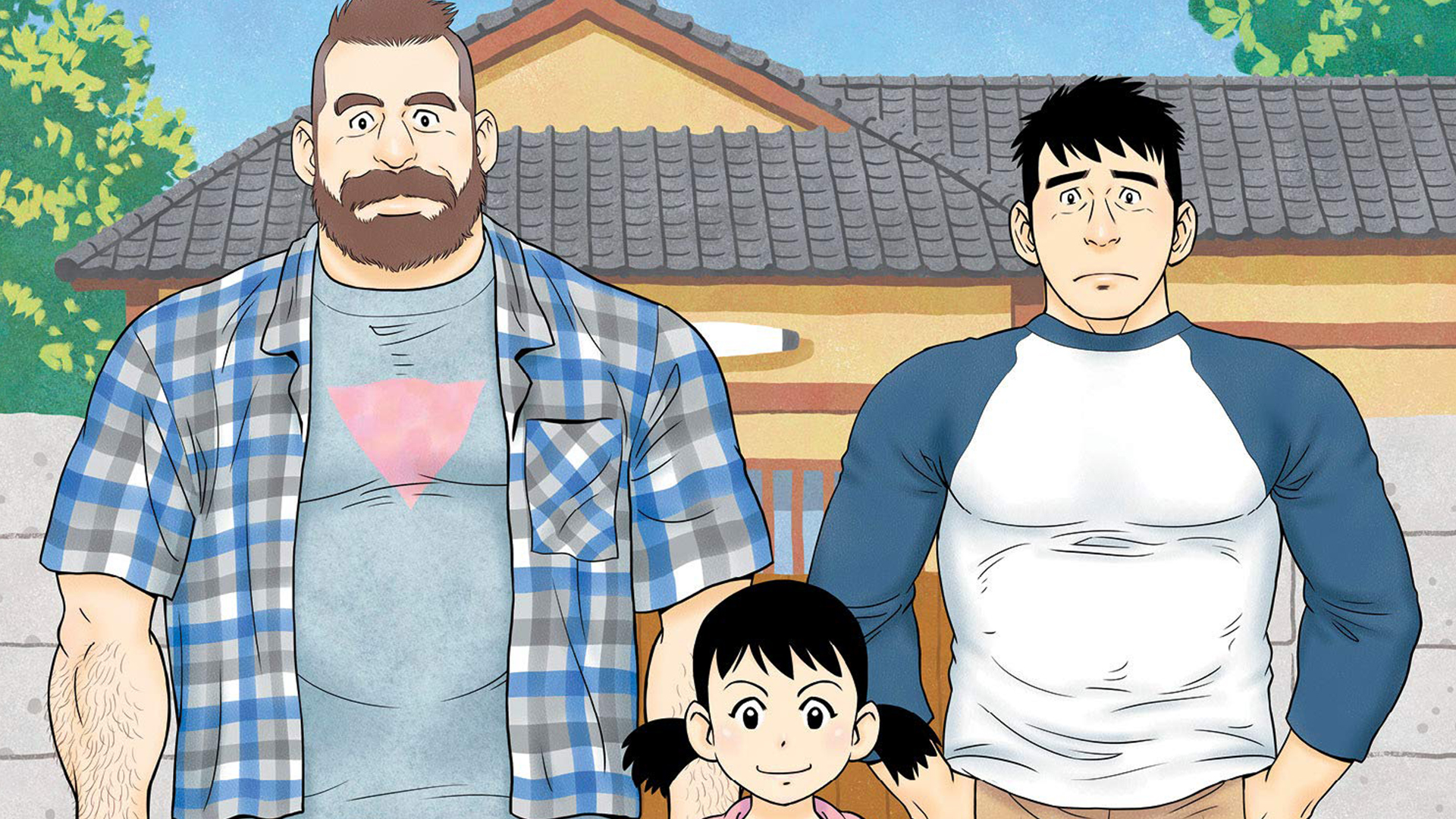Jeanne, called La Pucelle by the people of France and Tart by her companions, seeks an audience with the Dauphin to offer her help to drive the English from their nation. With his approval, she leads the French soldiers as they reclaim their cities and forts from the English — but Tart and her companions discover other magical girls at work who threaten to destroy all she’s working towards.
Jeanne la Pucelle, known to most English-speakers as St. Joan of Arc, is a fascinating and compelling figure in European history. Born into a peasant family in rural France during an era in which women had few opportunities, Jeanne eventually led French forces to victory until she was captured and burned at the stake by the English.
Those who are familiar with both the Madoka*Magica franchise and the story and history of Joan of Arc can definitely see how this historical figure would serve as the Madoka of her era. In Madoka*Magica, Madoka has the potential to be the most powerful magical girl of all time because of the ability she has tom change the world — and Jeanne’s impact on history and culture is undeniable.
Like the first volume in the manga, Volume Two is a bit text-heavy, specifically when it gets down to historical information.
What’s this? Yes! The Tart*Magica series has quite a lot of historical context. While it takes liberties in order to fit in a magical girl story related to the Madoka universe, the manga takes care to explain the battles, places, and historical figures that appear in the story.
And like the first volume, the end materials include a (tiny-print) essay discussing the historical events of the volume in more depth as well as short biographies of the historical figures who appear in the manga, from the recurring characters to those making brief cameos.
Yet despite the overwhelming maleness of the history of Joan of Arc, Tart*Magica centers girls and the relationships between them. Even the antagonists are all female: while England is certainly the aggressor in the war, the true villains of the story are a trio of magical girls wearing masks. Readers learn little about these girls beyond their names — Corbeau, Lapin, and Minou — but if the series is in keeping with the general style of the Madoka franchise, it’s likely we’ll find out more in upcoming volumes, with three more announced by Yen Press so far.
The art of Tart*Magica is overall simple and sweet, though it’s much better to look at than other manga in the franchise. Overall, it doesn’t distract from the dialogue or plot, though the action scenes are slightly underwhelming until the confrontation between Tart and Corbeau’s factions at the end.
The Tart*Magica series is a fascinating blend of history and fantasy. Fans of Madoka*Magica will really enjoy the rich backstory of a cameo from the final episode, and it’s a delightful historical fantasy manga for those who enjoy learning more about history in the midst of their fantasy stories.
Story: # out of 5 stars
Art: 3.5 out of 5 stars
Overall: # out of 5 stars
Goodreads | Indiebound | RightStuf
This review contains affiliate links. While Girls in Capes does make revenue from purchases made at affiliate links, reviews are not paid, and all reviews contain the staff writers’ honest opinions of the work.

